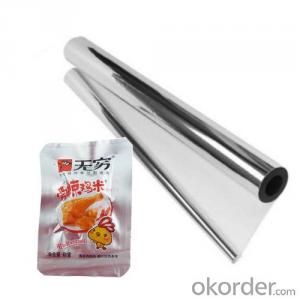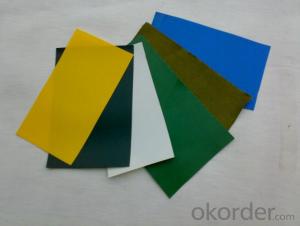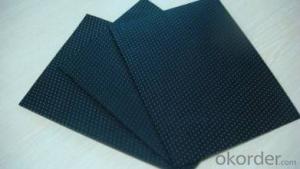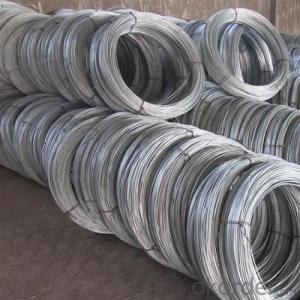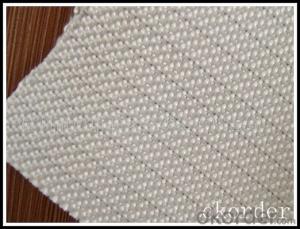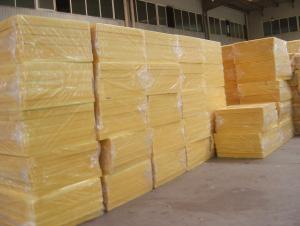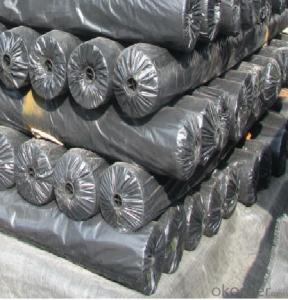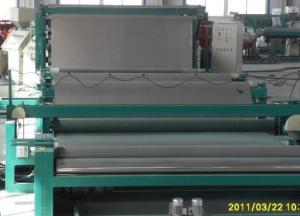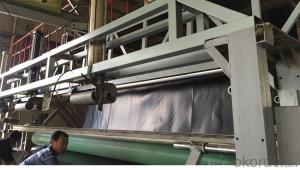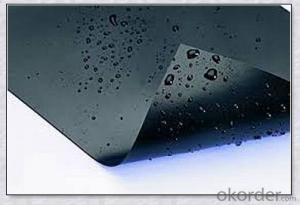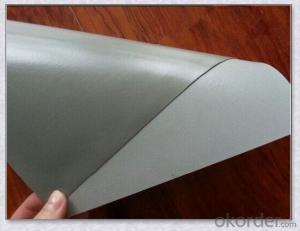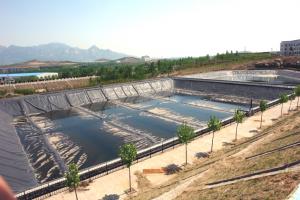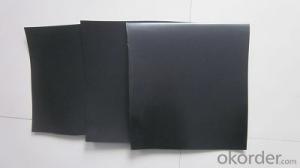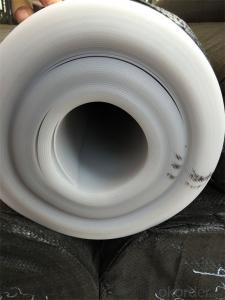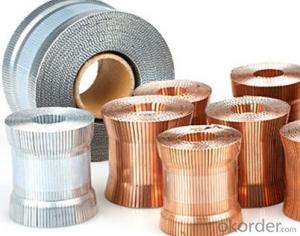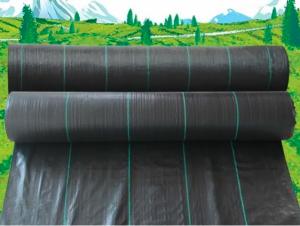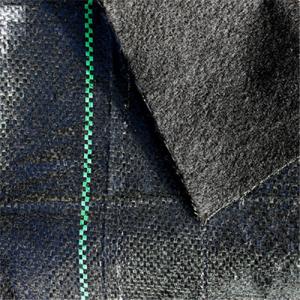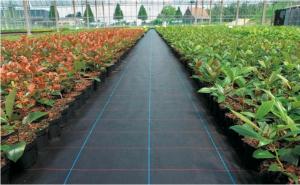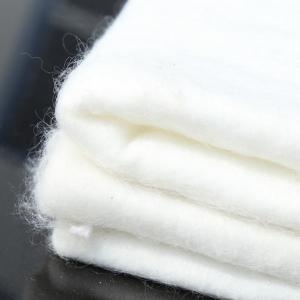Geomembrane Roll
Geomembrane Roll Related Searches
Geomembrane In Hdpe Geomembrane In Pakistan Pvc Geomembrane Liner Pvc Geomembrane Institute Hdpe Geomembrane Machine Geomembrane Machine Waterproof Concrete Blocks Waterproof Mdf Panels Waterproof Paper Plastic GeomembraneHot Searches
Cheap High Tea Sets For Sale High Density Fiberboard For Sale Used Finger Joint Machine For Sale Pancake Making Machine For Sale Bbq Machine For Sale Aeration Machine For Sale Used Metal Folding Chairs For Sale Large Metal Containers For Sale Metal Shop Cabinets For Sale Metal Shipping Crates For Sale High Mast Light Price List Solar High Mast Light Specification High Mast Tower Price Philips High Mast Lighting Price List Bajaj High Mast Lighting Price List High Mast Light Specification High Mast Tower Specification High Pressure Laminate Supplier Philippines High Mast Lighting Suppliers South Africa High Pressure Laminate Manufacturers EuropeGeomembrane Roll Supplier & Manufacturer from China
Okorder.com is a professional Geomembrane Roll supplier & manufacturer, offers integrated one-stop services including real-time quoting and online cargo tracking. We are funded by CNBM Group, a Fortune 500 enterprise and the largest Geomembrane Roll firm in China.Hot Products
FAQ
- Yes, geotextiles are suitable for use in wetlands. They are commonly used to stabilize soil, control erosion, and improve water quality in wetland areas. Geotextiles help to retain soil and prevent sediments from entering the water, while still allowing water to pass through and maintain the natural hydrological processes of the wetland.
- Composite geotextile plastic composite
- 1, plastic composite geotextile is woven with a woven fabric as the substrate, the extruded coated polyolefin resin film or polyolefin resin sandwich layer, the woven cloth and all kinds of Zhang made together. 2, the product made of bags with light weight, acid and alkali resistance, strength, moisture and other advantages. 3, widely used in chemical fertilizer, synthetic resin, coarse salt, ore and cement products such as packaging, is a good packaging of heavy packaging materials
- Yes, geotextiles are generally resistant to biological clogging. They are designed to have a high permeability and filtration properties, which help prevent the accumulation of organic matter and clogging by biological agents such as bacteria and algae.
- Road geotextile about how much money
- Road moisturizing health geotextile Price: 1.20 yuan to 2.40 yuan / square meter.
- Geotextiles help with pavement maintenance by acting as a barrier between the subgrade soil and the pavement layers, preventing the mixing and migration of soil particles. This helps to maintain the structural integrity of the pavement, reducing the chances of cracks, potholes, and other damages caused by the movement of underlying soil. Additionally, geotextiles can improve drainage and filtration, reducing the risk of water accumulation beneath the pavement and extending its lifespan.
- Geotextiles help in reducing soil erosion caused by wind by acting as a barrier that prevents the soil particles from being carried away. They are commonly used as a protective layer on slopes or exposed areas, where they effectively stabilize the soil and prevent it from being blown away by wind. Additionally, geotextiles also help in promoting vegetation growth by retaining moisture and providing a favorable environment for plant root development, further strengthening the soil and reducing erosion.
- Yes, geotextiles can be used in agricultural drainage systems. They are commonly used as a filter fabric to prevent soil particles from clogging drainage pipes while allowing water to pass through. Geotextiles help improve the efficiency and longevity of agricultural drainage systems by preventing soil erosion and maintaining the proper flow of water.
- There are several different geotextile installation techniques for roadways, including the overlay method, the trench method, and the sandwich method. - The overlay method involves placing the geotextile directly on top of the existing soil or subgrade before adding the new road material, such as asphalt or concrete. This technique helps to separate the soil layers and prevent the mixing of materials, providing stability and reducing the risk of road failure. - The trench method involves excavating a trench along the road alignment and placing the geotextile in the trench before backfilling it with soil or aggregate. This technique is commonly used for drainage applications, as the geotextile acts as a filter to prevent fine particles from clogging the drainage system, while allowing water to flow through. - The sandwich method is a combination of the overlay and trench methods. It involves placing a layer of geotextile between the existing soil and the new road material, as well as placing another layer of geotextile on top of the new road material. This technique provides additional reinforcement and separation, enhancing the overall performance and durability of the roadway. Overall, the choice of geotextile installation technique depends on the specific requirements and conditions of the road project, such as soil type, traffic load, and drainage needs.




